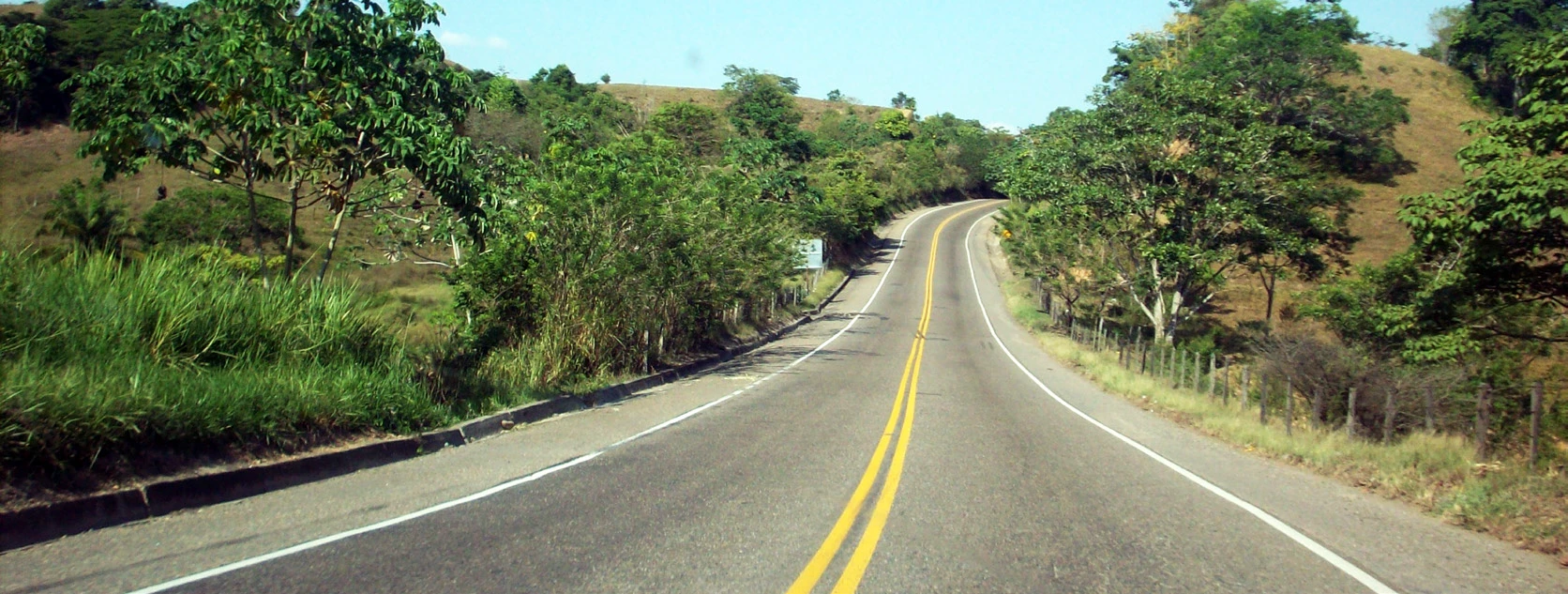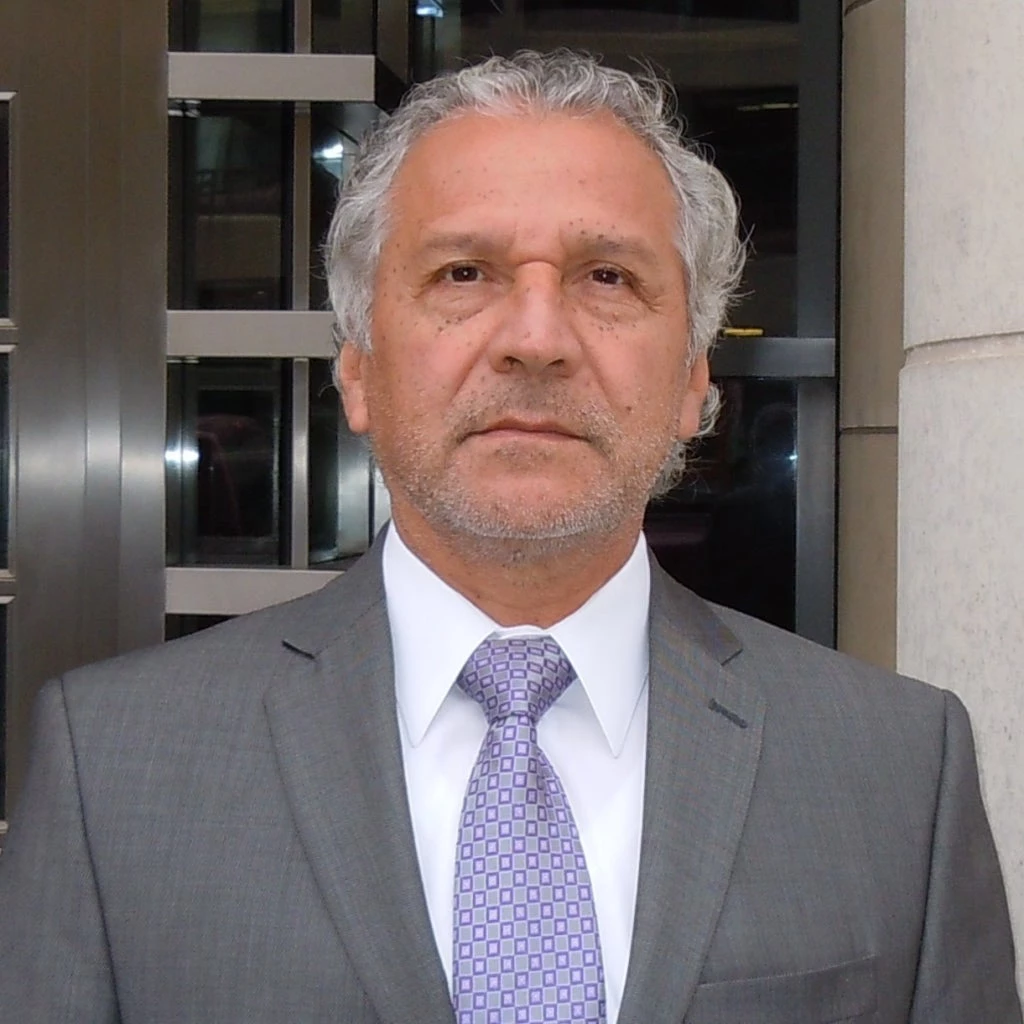
Like other countries in Latin America, Colombia has been expanding its road network over the years using a variety of public-private partnership (PPP) models and contractual structures. However, many of these projects were not properly prepared and structured, which in some cases has led to contract renegotiations. In addition, these projects attracted very limited participation from international investors.
But Colombia is unique in addressing its PPP-related challenges through legislation and institutional reform , an approach that has paved the way for progress. The successive waves of projects that have followed the country’s post-1991 constitution, known as road concession “generations,” have created a model with great potential for in-country replication. Specifically, the prize-winning Ruta del Sol, which laid the foundation for the fourth generation of road concessions, has set the standard for road projects in the region. It illustrates how Colombia’s uniqueness may prove the inspiration for a new approach to infrastructure.
Many of those on our team at IFC PPP Advisory Services have worked on the Ruta del Sol PPP since its earliest days, and watching the way the project and the sector have evolved since then has been very instructive. We started with open and frank conversations with the government about what lessons could be drawn from the past, and we ultimately produced transaction documents that have set new standards for a fresh generation of road projects that Colombia is tendering now.
The road taken
The idea for this standard-setting PPP was born in 2007, when Colombia’s Ministries of Transport, Finance, and Planning began working with IFC to structure a concession for Ruta del Sol, a 1,071 km highway to connect the interior of the country and the capital of Bogota to the Ports of Santa Marta and Cartagena on the Caribbean Sea. The goal in creating these connections was for Ruta del Sol to reduce travel time and transportation costs and to improve road safety. Putting the infrastructure in place was also a way for the country to boost manufacturing, tourism, agribusiness, and international trade.
But Colombia’s geographical quirks made it a challenging place to operate because of difficult topographic and geological conditions, drastic variations in altitude, and a large landmass, which made it difficult to develop effective transportation infrastructure. In addition, the project was structured and promoted during the worst international finance crisis in a century. So the team and its stakeholders decided to strategically divide the $2.6 billion project into three segments, instead of tackling the project as a complete whole, in order to tailor solutions to the needs of each area:
Section 1: Villeta to El Koran, a double lane greenfield road, reduces by one hour travel time for the 78 km between Bogotá and Puerto Salgar. Given its high risk profile, it was structured as a seven-year medium-term concession.
Section 2: Puerto Salgar to San Roque, covers 528 kilometers of flat terrain, improves access to major production centers.
Section 3: San Roque to three locations near the Caribbean Coast—Carmen de Bolivar, Cienaga, and Valledupar—are important routes for freight trucks traveling to Cartagena and Santa Maria. This project covers 465 km of semi-flat terrain.
The project attracted bidders from seven countries, the largest international participation in a road concessions up to that point. This has paved the way for the massive Fourth Generation Roads Concession program (4G) with about $ 25 billion in investments.
Full speed ahead
Even before its completion in 2010, Ruta del Sol was already considered a model for future road concessions. The project won Private Finance International’s Transportation Deal of the Year in 2010 for Section 2 in recognition of its pioneering approach. The 4G program is based on this model.
For Sections 2 and 3, the concessionaire is paid through toll revenues and availability payments. It is a variable-term concession that expires once a pre-agreed net present value of revenues is reached, limited to a maximum term of 25 years. What makes this approach innovative is that it introduced new features in the design of the project that were not used before and were well accepted by the market. At the structuring level, more complete technical studies were prepared compared to previous projects. These were included in the data room, in coordination with an organized promotions process that included local and international road shows and communications materials. At the contract design level, new standards for road quality assessment and performance evaluation were introduced, as well as incentives like linking concessionaire’s remuneration through availability payments with effective completion and operation of complete stretches of new road. These and other features have been replicated in the 4G Program with success.
The speed bump we faced after Ruta del Sol was helping Colombia’s government tender packages of road concessions with this new 4G program. We were ultimately successful; 4G is now Colombia’s main infrastructure program driving billions of dollars in new investment. For the country, Ruta del Sol is an important route toward a more competitive and better connected Colombia. To those of us on the team that tendered the PPP it is a reminder that great challenges can indeed result in great impact.



Join the Conversation